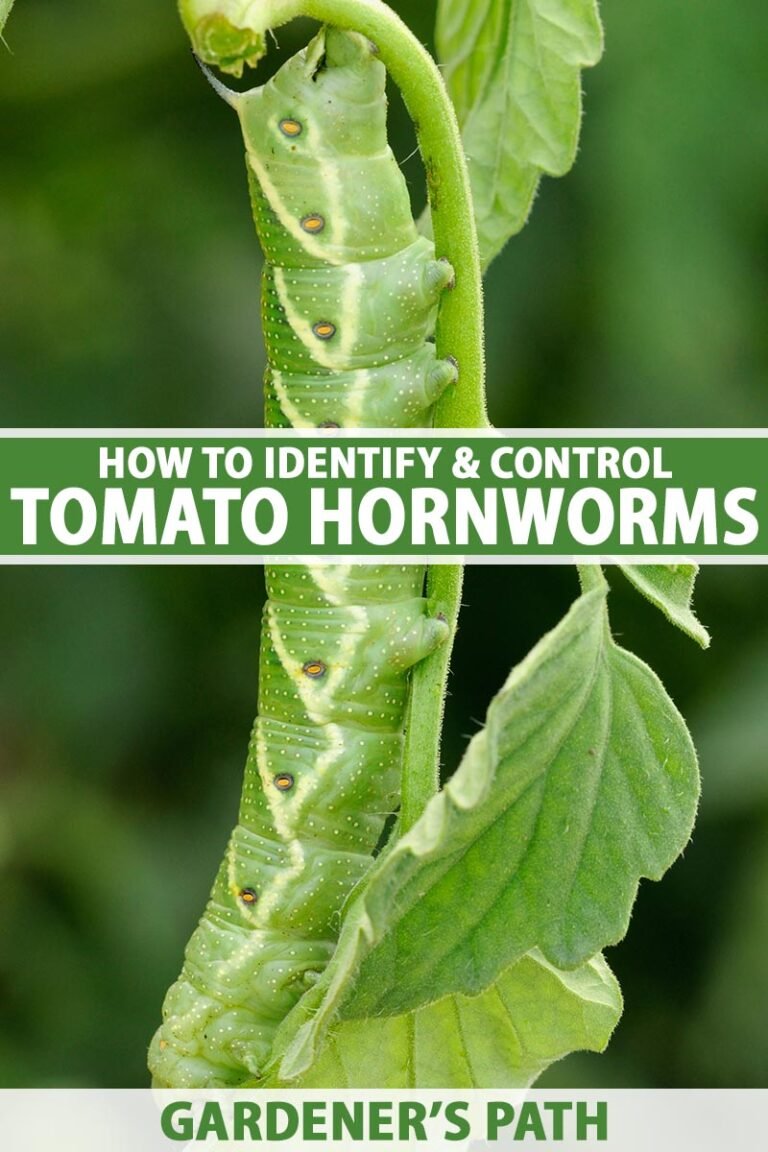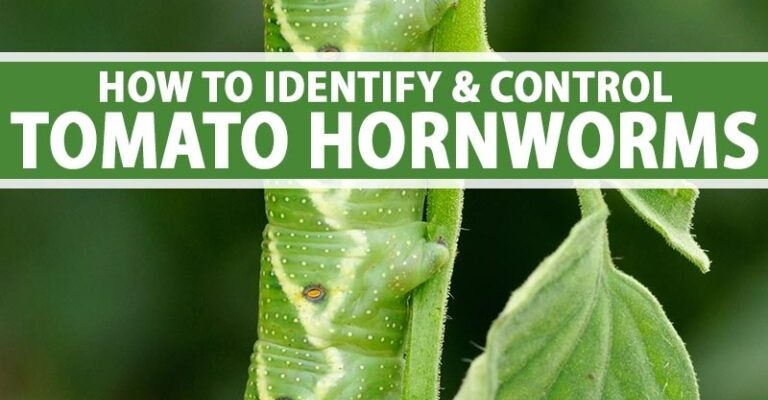
Just think about your garden as a delicate ecosystem. You want to maintain a balance where all the creatures, big and small, play their part. Bees are crucial for pollination, and losing them would take a toll on not only your plants but the environment as a whole. So, let’s dive into practical ways to keep hornworms at bay without putting your helpful bees in jeopardy.
Understanding Hornworms: Who Are They?
Hornworms are the larvae of the tobacco hornworm moth, and they can be incredibly destructive. These caterpillars can grow quite large and are typically bright green, making them blend in perfectly with your tomato plants. They’re not just munching on leaves; they can also damage the fruits. If you’ve ever discovered half-eaten tomatoes, you might have suspected these little guys were responsible.
One of the main things to know is that hornworms are most active in the spring and summer months. They feed voraciously, which is why you might notice a sudden decline in your plants’ health. They can be quite the surprise, much like finding a party crasher at a quiet gathering! If you want to protect your garden, it’s crucial to identify these intruders early on.
Why Protecting Bees Matters
Bees are more than just cute bugs buzzing around; they play a vital role in our ecosystem. These tiny creatures are responsible for pollinating about one-third of the food we eat. If bees are harmed, it can disrupt food production, affecting everything from fruits to vegetables.
When dealing with pests like hornworms, it’s essential to choose methods that are bee-friendly. After all, you want to create a harmonious environment in your garden. Here’s the thing: while hornworms may seem like the enemy, taking a safety-first approach ensures you don’t damage the other valuable visitors in your garden.
Natural Predators: The Bees’ Best Friends
One of the most effective ways to control hornworms is by encouraging natural predators. Birds and beneficial insects, such as wasps, can help keep hornworm populations in check. If you place birdhouses or feeders in your garden, you’ll attract birds that love snacking on caterpillars. It’s like inviting a group of friends over for dinner — and you’re feeding them hornworms!
Additionally, introducing beneficial insects can create a more balanced ecosystem in your garden. Ladybugs and lacewings are great examples of insects that thrive on pests. The trick is to embrace this natural balance instead of relying solely on chemical solutions.
Manual Removal: A Hands-On Approach
If you prefer a hands-on method, manual removal is your go-to technique. It’s surprisingly simple: just check the undersides of your tomato leaves for hornworms. You might feel a bit squeamish at first, but I promise it gets easier. Use gloves if you prefer, and gently pluck the hornworms from the plant.
You can either relocate them far away from your garden or toss them into a bird feeder. Just like that, you’ve turned a pesky problem into a tasty snack for your feathered friends! Plus, this method is entirely free of chemicals, keeping your garden safe for both bees and plants.
Organic Pesticides: When Necessary
Sometimes, despite your best efforts, hornworms can overtake your garden. If you find yourself in this situation, consider using organic pesticides. These are designed to target pests like hornworms while being safe for bees and other beneficial insects.
Look for products containing Bacillus thuringiensis (Bt), a natural bacterium that is harmful to hornworms but harmless to bees. It’s like having a superhero in your garden, swooping in to save the day without causing collateral damage. Just be sure to apply any pesticide in the early morning or late evening when bees are less active.
Companion Planting: Creating a Harmonious Garden
Have you ever thought about companion planting? This technique involves growing certain plants together to naturally repel pests. For hornworms, consider planting basil or marigolds near your tomatoes. These plants can deter hornworms while attracting beneficial insects that help control pest populations.
Companion planting creates a sort of symbiotic relationship in your garden. It’s like setting up a friendly neighborhood watch, where each plant plays a role in protecting its neighbors. Plus, it makes your garden visually appealing and diverse—who wouldn’t want a colorful, flourishing space?
Regular Monitoring: Stay Alert!
The key to successful hornworm control is regular monitoring. Like keeping an eye on a friend who’s had one too many drinks, it’s essential to check in on your plants frequently. Look for signs of damage, droppings, or even the caterpillars themselves. Early detection is your friend, and it leads to quicker action.
Consider setting a schedule for your garden checks. Maybe every few days, take a stroll through your plot and inspect each plant. You’d be surprised at how much you can catch simply by being observant. Plus, it gives you a chance to appreciate your hard work!
Closing Thoughts: A Sustainable Approach
Controlling hornworms without harming bees is all about finding the right balance. By using a mix of natural predators, manual removal, organic pesticides, companion planting, and regular monitoring, you can protect both your plants and the crucial pollinators that help them thrive. In gardening, patience and observation truly pay off.
So next time you’re in your garden, remember that it’s not just about dealing with pests; it’s about fostering a healthy ecosystem. With the right strategies, you can enjoy a bountiful garden filled with delicious tomatoes and buzzing bees, all living together in harmony. Happy gardening!

